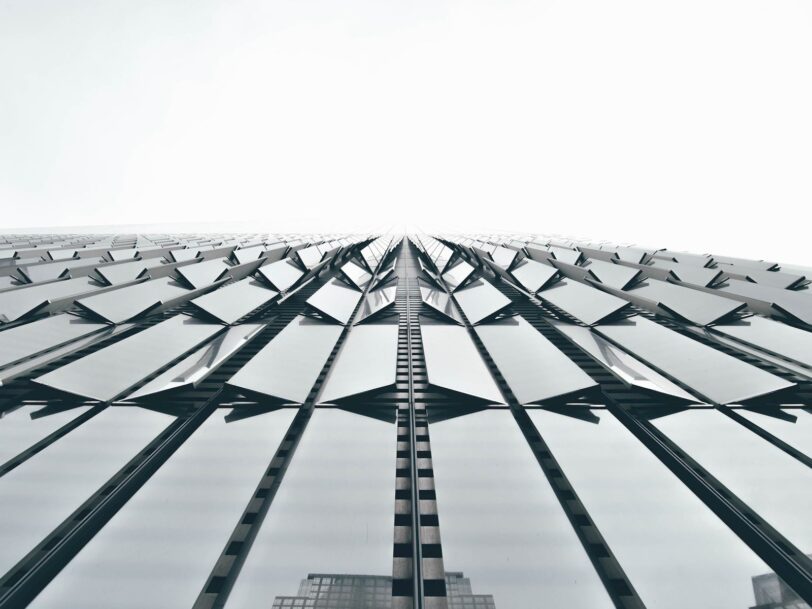What is glass brick?

In addition, the United Nations Environment Program (UNEP) has reported that energy consumption in buildings has continued to grow in recent years, rather than decrease. In fact, between 2020 and 2021 the energy demand increased by 4%.
What is glass bricks?
For years, glass blocks have been used to create walls or wall sections that allow light to pass through. However, they could not be used as load-bearing walls and did not provide good thermal insulation.
This is how a group of Swiss scientists developed a new technology that uses airgel to fill glass bricks. It is worth noting the influence of the Roman architect Vitruvius on these researchers, who proposed that a building and its materials should have three essential characteristics:
- Durability.
- Function.
- Beauty.
The reason is that these attributes increase the “resilience” of the material and prolong its useful life, important aspects in terms of sustainability. For this reason, the research team of the Empa group in Switzerland developed these new glass bricks.
To do this, they manipulated translucent silica airgel granules to fill the empty spaces between sheets of transparent glass. These were joined with epoxy resin spacers to form long rectangular bricks. The blocks allow the passage of natural light while providing privacy and thermal insulation.
Characteristics of glass bricks
The new bricks have some of the following particularities reported in the study:
- The blocks are fully translucent and highly insulating.
- They claimed that more than 38% of visible light passes through the bricks.
- Its thermal conductivity is 53 milliwatts per Kelvin meter. It shows better insulation performance than any brick in the technical literature or on the market today.
- The compressive strength of the bricks is 44.9 megapascals. This value is higher compared to that of insulating clay bricks and brick blocks on the market today. In turn, it allows the load-bearing walls to be consistent.
Benefits of glass brick technology
One of the main benefits of this study is the positive impact it will have on the environment. Likewise, it offers architects a completely new way of designing pleasing facades and interiors. Also, it is possible to make better use of the natural resource of daylight in the buildings.
It is also complemented by the following:
- Despite having a high initial investment, glass bricks reduce windows thanks to the translucent element.
- Save expenses on heating and electricity bills; this makes them potentially competitive in terms of costs.
- High thermal insulation performance due to its limited thickness.
- Increases solar gains, minimizes the use of artificial light and improves visual comfort.
- Spacers ensure the structural stability of the brick while minimizing heat transmission.
- This type of brick is ideal for use in applications that require high penetration of natural light. At the same time, it protects against glare as well as privacy in offices, libraries and museums.
- Compared to polycarbonate panels, glass is durable, weather resistant and easy to use.